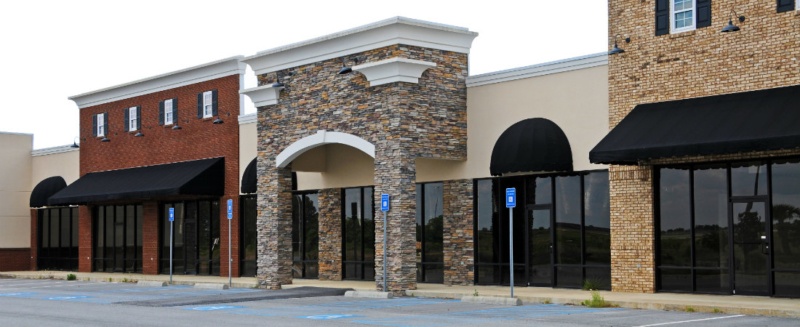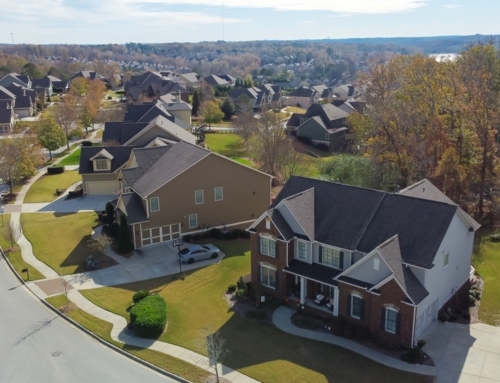Wondering what threats await real estate this year (and in the future)? Scott Muldavin, Chair of the Counselors of Real Estate (CRE), ran down his annual list at this year’s National Association of Real Estate Editors (NAREE) conference, in Denver. This story features the first 5 threats to real estate.
Real Estate Threat #1 – Political Polarization and Global Uncertainty
We’re seeing a rise in the Consumer Price Index (CPI), Muldavin says, and continued separation by income. But political polarization and global uncertainty are directly affecting communities. Interest rates are going to rise (the Federal Reserve Bank is widely expected to raise the federal funds rate again today) which will make mortgages less affordable. Communities are becoming increasingly polarized, which will cause all sorts of changes for metropolitan areas.
Real Estate Threat #2 – Technology Boom
In 2016, more than $2.6 billion was spent by consumers on online real estate applications, and that amount will continue to rise. Technology will change every aspect of buying, selling and managing every aspect of commercial and residential real estate, and Muldavin says it will happen sooner than you can imagine.
On the residential real estate side, we’re seeing the rise of smart homes with high-tech thermostats, lighting, and security systems, as well as faster wireless access and bandwidth being built into new communities and homes. Homeowners want plug and play.
One thing to watch for: Self-driving mass transit systems, which could mean that suburban homeowners will benefit from new modes of transportation.
Real Estate Threat #3 – Generational Disruptions
“We’re at a demographic inflection point,” Muldavin explained. “Millennials are a bigger population bubble than the Boomers. People from both population groups are living and working together.”
In the residential arena, some of the effects of the generational disruption include having younger renters and buyers with reduced income limits. Millennials (and Generation Z) are marrying later, and moving to the suburbs later. Older owners are downsizing, selling, and moving back to cities. But Boomers want bigger intown condos while developers have been building smaller units for the younger demographics. The design and amenities are a mismatch when different generations live together.
One big effect of the generational disruption is that seniors in some areas are having trouble selling. They have bigger homes but no one to buy them.
Real Estate Threat #4 – Retail Disruption
According to Muldavin, between 1970-today, malls have grown at twice the rate of the U.s. population. “The U.S. has four times the per capita retail space compared with Canada, and 10 times per capital space compared with Germany. We have too much retail. Half of all U.S. households are members of Amazon Prime.”
“There’s a behavioral change going on with how consumers relate to real estate,” he said. “Retail isn’t dying but Millennials like experiences.”
Muldavin noted that up to 30 percent of malls are expected to close in the next few years. Retail bankruptcies are at an all-time highs. Big bricks and mortar department stores have huge problems. On the flip side, there is a huge re-purposing opportunity for developers who are innovative. Investor returns are down.
“We’re seeing amazon-type online retailers opening bricks and mortar. It’s omni channel retailing. You sell everywhere to everyone,” he added.
In the next decade, walking distance retail demand will continue to trend up and unique destinations are in high demand. Retail disruption is a residential value determinant but retail is resilient. We’ll see it continue to transition to a more experiential retail environment.
“One thing to watch out for: The “Walk Score” is more important and experiential retail has a higher value to residential,” Muldavin noted.
Real Estate Threat #5 – Infrastructure Investment (or lack thereof)
According to Muldavin, the current proposal from President Donald J. Trump is for $200 billion over 10 years. But 80 percent of that is supposed to be provided by state and local communities. All money for public transportation has been zeroed out of the proposal. “Mass transit support, which is so important to real estate and real estate investors, supposed to provide. Zeroing out public transportation. Mass transit, most important to real estate investors, is disappearing and it’s a sea change, he said.”
“The Democrats suggest that funds being provided to support infrastructure is actually a net reduction of $145 billion over 10 years,” Muldavin said, adding that the losers will be any infrastructure project without a private funding source.
Read More: The Other Top 5 Threats to Real Estate in 2017.
[amazon_link asins=’1524763438,0609809954,0812925319,0609809334′ template=’ProductCarousel’ store=’thinkglink-20′ marketplace=’US’ link_id=’5756482a-d92c-11e7-b7b8-031250733ede’]







[…] Read the source article at Blog | ThinkGlink […]